#joachim matthaei
Photo
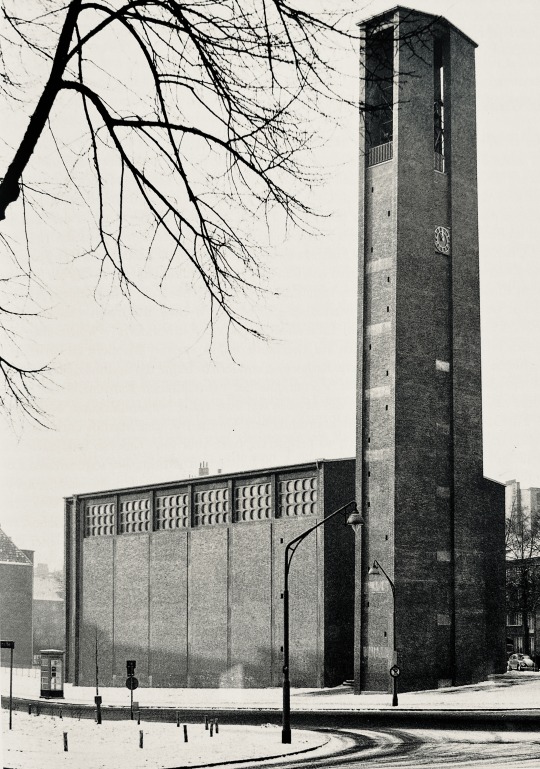
Bethlehemkirche (1956-59) in Hamburg, Germany, by Joachim Matthaei
#1950s#brick#concrete#church#architecture#germany#nachkriegsmoderne#nachkriegsarchitektur#architektur#hamburg#joachim matthaei
267 notes
·
View notes
Photo

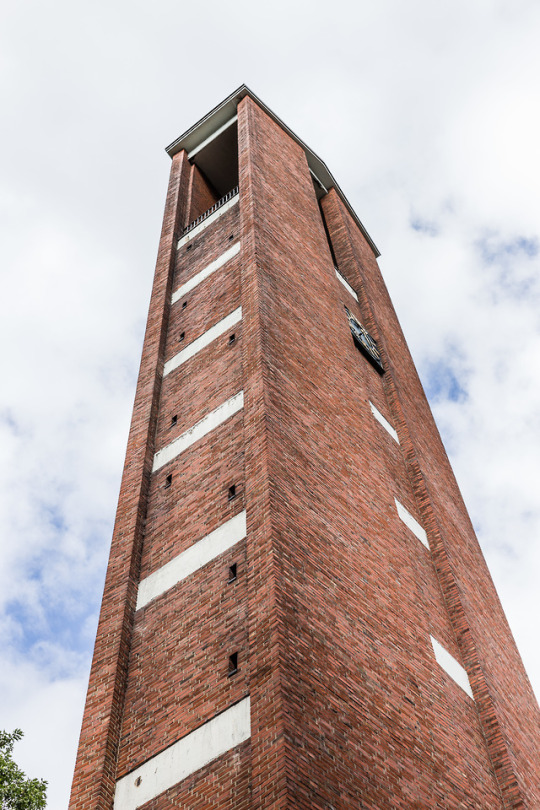


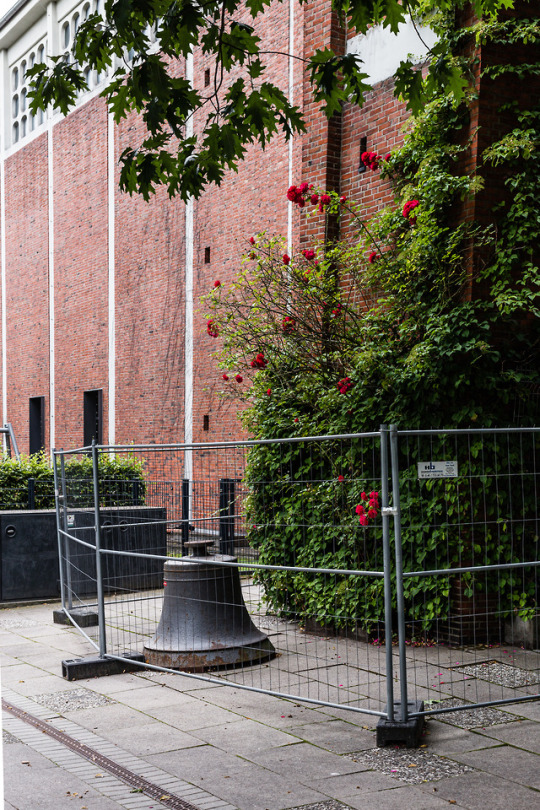
bethlehmkirche //hamburg eimsbüttel
architect: joachim matthaei
completion: 1956/59
profanation: 2005
#nachkriegsmoderne#nachkriegsarchitektur#post war modernism#post war architecture#brick architecture#church architecture#church design#german post war architecture#german post war modern#deutsche nachkriegsmoderne#deutsche nachkriegsarchitektur#hamburg#hamburg eimsbüttel#bethlehemkirche eimsbüttel#joachim matthaei#modern architecture#facade design
12 notes
·
View notes
Video
vimeo
The project Our ISLAND was initially planned as a community dance project with residents of the Mierendorff-Island in Berlin-Charlottenburg. In the course of the Corona restrictions in spring 2020 we had to move the project to the internet - the image of the island got a completely different meaning! New questions arose: How can the actual public space of a neighborhood be intertwined with virtual, imagined and cinematic spaces? And can the intimate act of dancing in one's own private space in front of the camera in times of physical distance represent something particularly connecting?
A film about shared moments in individual movements, about closeness in distance.
Participants: Dagmar Eichhorn, Gundi Kälber, Joachim Saint-Paul, Yaara Marx, Frank Markowski, Catarina Marcos, Elisabeth Hirsch
Team: David Lima (Choreographic direction), Sofie Neu (Dramaturgy), João Miguel Ferreira (Editing and Website), Anna Petzer (Sound), Diogo deCalle (Drawings), Magdalena Baader (Costume), Thibaud Leroy und Joanna von Essen (Setting)
Counseling: Joanne Parkes, Susanne Vincenz
Mentoring: Lukas Matthaei
Thanks to:
Thirza Marx, Tarik Mustafa, Martin Wittau, Andrea Isermann-Kühn, Frank Markowski, Elisabeth Hirsch, Abdullah Ericek, Gabriella Bertin, Maria Hector and all the colleagues from maC
A production within the Master Choreography at Hochschulübergreifendes Zentrum Tanz Berlin https://www.hzt-berlin.de/
Supported by the German Federal Association for Sustainability, DorfwerkStadt e.V., Pulsraum e.V. and the German Theatre and Orchestra Association. David Lima is fellowship holder of the Fundação Calouste Gulbenkian

©Diogo deCalle
0 notes
Video
vimeo
Das Projekt Unsere INSEL wurde zunächst als gemeinschaftliches Tanzprojekt mit Bewohner*innen der Mierendorff-Insel in Berlin-Charlottenburg geplant. Im Zuge der Corona-Beschränkungen im Frühling 2020 mussten wir das Projekt ins Netz verlegen - das Bild der Insel bekam noch einmal eine ganz andere Bedeutung. Neue Fragen ergaben sich: Wie lässt sich der tatsächliche öffentliche Raum eines Kiezes mit virtuellen, imaginierten und filmischen Räumen verschränken? Und kann der intime Akt, im eigenen privaten Raum vor der Kamera für andere zu tanzen in Zeiten von physischer Distanz etwas besonders Verbindendes darstellen?
Ein Film über geteilte Momente in individuellen Bewegungen, über Nähe in der Distanz.
Teilnehmende: Dagmar Eichhorn, Gundi Kälber, Joachim Saint-Paul, Yaara Marx, Frank Markowski, Catarina Marcos, Elisabeth Hirsch
Team: David Lima (Choreografische Leitung), Sofie Neu (Dramaturgie), João Miguel Ferreira (Schnitt und Webseite), Anna Petzer (Sound), Diogo deCalle (Zeichnungen), Magdalena Baader (Kostüm), Thibaud Leroy und Joanna von Essen (Setting)
Betreuung: Joanne Parkes, Susanne Vincenz
Mentoring: Lukas Matthaei
Dank an:
Thirza Marx, Tarik Mustafa, Martin Wittau, Andrea Isermann-Kühn, Frank Markowski, Elisabeth Hirsch, Abdullah Ericek, Gabriella Bertin, Maria Hector, Judith Brückmann und an alle maC-Kolleg*Innen und -Mitarbeiter*Innen
Eine Produktion im Rahmen des Masterstudiengangs Choreographie am Hochschulübergreifenden Zentrum Tanz Berlin https://www.hzt-berlin.de/
Unterstützt von der Bundesvereinigung Nachhaltigkeit, DorfwerkStadt e.V., Pulsraum e.V. und dem Deutschen Bühnenverein. David Lima ist Stipendiat der Fundação Calouste Gulbenkian.
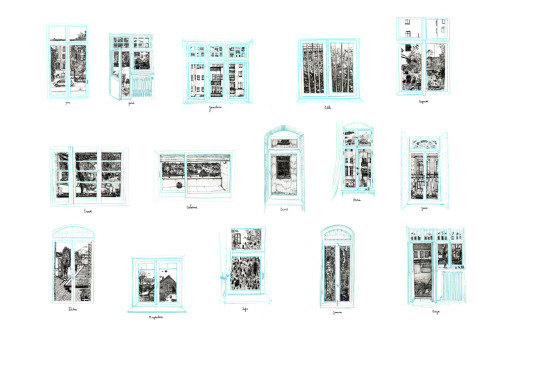
©Diogo deCalle
0 notes
Photo

Community Center (1969) of the Auferstehungskirche in Hamburg, Germany, by Joachim Matthaei & Albrecht Elschner
#1960s#community center#brick#concrete#brutalism#brutalist#architecture#germany#nachkriegsmoderne#nachkriegsarchitektur#architektur#hamburg#joachim matthaei#albrecht elschner
99 notes
·
View notes
Photo
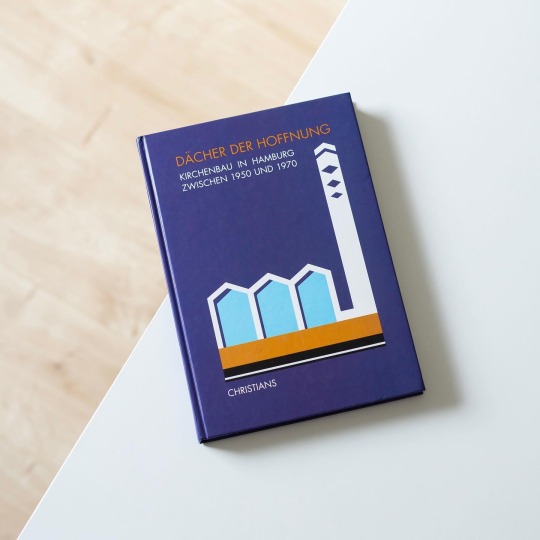
Also for church architecture in Germany the seizure of power of the National Socialists in 1933 was a turning point: the tender blossoms of modern church architecture were cut off and, surprisingly in a „Führerstaat“, replaced by traditional designs. As a result the churches, architects and parishes had little to draw on after the end of WWII and the Nazi regime. In the immediate postwar years a considerable number of conferences were held, ideas voiced and discussions led that provided input but not a concrete conception of the postwar church, irrespective whether Catholic or Protestant. Therefore architects and parishes often negotiated future church buildings among themselves, only regulated by the territorial church and the funds available.
In the city of Hamburg, heavily hit by allied bombs, the two decades between 1950 and 1970 was characterized by a boom in the construction of churches that yielded great variety in terms of layout, construction methods and materials used.
In „Dächer der Hoffnung - Kirchenbau in Hamburg 1950-1970“, published in 1995, the Lutheran church in Hamburg took a retrospective look at these boom years: the book contains a selection of churches representing the variety forms designed by architects like Friedhelm Grundmann, Joachim Matthaei or Gerhard Langmaack. But despite the formal and material variations, and that is striking, there rarely is an exception to the longitudinal disposition. This reluctance to experiment with e.g. a central-plan is contextualized in the chapters preceding the catalogue of churches: in a concise overview of the societal standing of religion and the church as institution after WWII the reader is able to understand the difficult situation of an at least partly corrupted organization. From this status resulted a focus on the essential, i.e. the word and the church building as a space of reflection, devotion and reclusion. These characteristics are reflected by the selected churches and underscore the particular earnesty and austerity of the Hamburg Lutherans.
„Dächer der Hoffnung“ offers an interesting micro perspective on the particular genesis, qualities and context of postwar church architecture in Hamburg.
#nachkriegsmoderne#nachkriegsarchitektur#architektur#hamburg#church architecture#religious architecture#architecture book#book
22 notes
·
View notes
Photo

Office Building of “Deutscher Ring” (1959-64) in Hamburg, Germany, by Joachim Matthaei & Heinz Graaf
#1950s#administration#glass#steel#architecture#germany#nachkriegsmoderne#nachkriegsarchitektur#architektur#hamburg#joachim matthaei#heinz graaf
91 notes
·
View notes